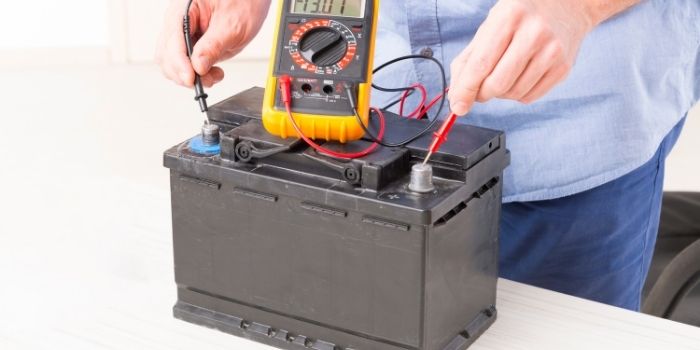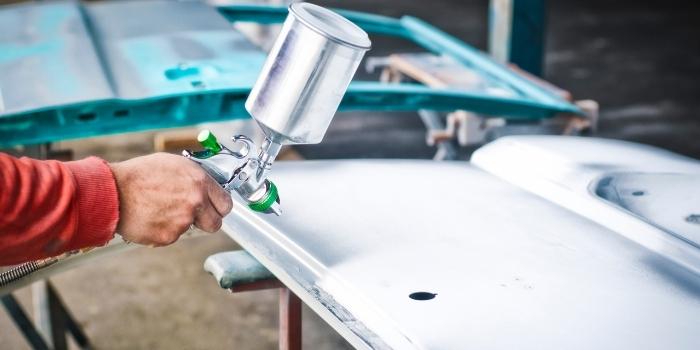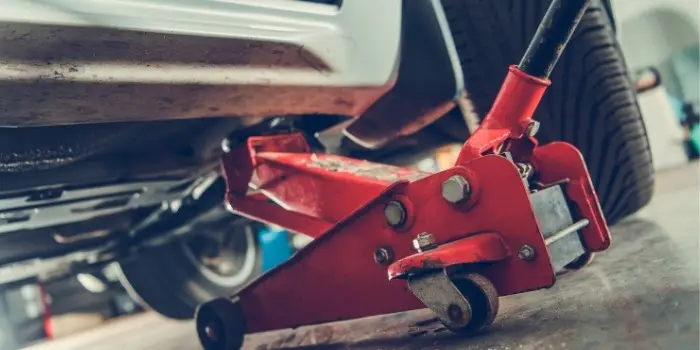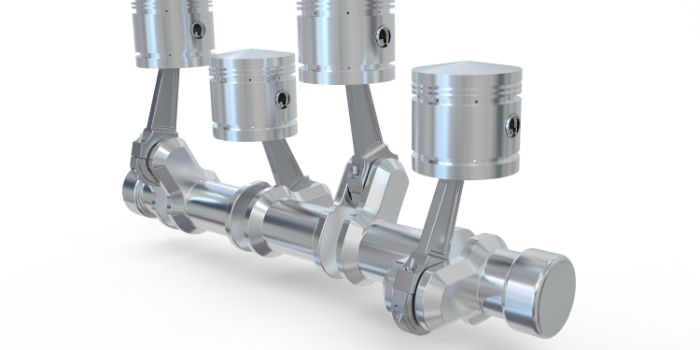
There are a few different engine types that you’ll find in cars.
One of the most popular is the V engine, which has two banks of cylinders arranged in a V shape.
Then there’s the W engine, which has three banks of cylinders arranged in a W shape.
So, which one is more powerful? Let’s take a look.
Table of Contents
What is a V Engine?
A V engine, also known as a V-type engine, is a gasoline engine with two banks of cylinders arranged in a V shape.
The V angle can be anything from 60 to 180 degrees, but most V engines have an angle of 90 degrees.
The cylinders are typically arranged in pairs, with each pair sharing a common crankshaft journal.
V engines are very common in cars and trucks, and they’re also used in some aircraft and boats.
They’re typically more powerful than inline engines, and they’re often used in high-performance vehicles.
Different Types
There are a few different types of V engines, including:
A. Standard V engines:
These have two banks of cylinders arranged in a V shape.
They’re the most common type of V engine, and they’re often used in cars and trucks.
B. Flat-plane V engines:
These have two banks of cylinders arranged in a V shape, but the cylinders on opposite banks are set at the same angle.
They typically provide more power than standard V engines, but they’re also more difficult to design and manufacture.
C. Bi-plane V engines:
These have two banks of cylinders arranged in a stacked W shape, with one bank of cylinders sitting above the other.
Like flat-plane engines, bi-plane V engines are typically more powerful than standard V engines.
The Advantages
V engines offer a number of advantages over other types of engines, including:
A. More Power:
V engines typically provide more power than inline or flat engines, making them ideal for high-performance vehicles.
B. Greater Efficiency:
V engines tend to be more efficient than inline or flat engines since they have a shorter overall length.
This means they are better able to harness the power of fuel and convert it into energy for your car.
C. Lower Cost:
V engines can be more cost-effective to produce than other types of engines since they require fewer materials and components.
This makes them a good choice for budget-conscious drivers who want superior performance.
D. Fewer Moving Parts:
V engines have fewer moving parts than other types of engines, making them easier to maintain and repair.
This can save you money on upkeep and keep your car running smoothly for longer.
The Disadvantages
V engines also have some disadvantages, including:
A. Higher Cost:
V engines often require more complex designs and materials to produce, which can make them more expensive than other types of engines.
B. Noisier Operation:
V engines tend to be noisier than other types of engines, especially at high speeds or under heavy loads.
This can increase noise pollution and make it more difficult to enjoy a quiet ride.
C. Less Fuel Efficiency:
V engines are typically less fuel-efficient than other types of engines, due to their larger size and higher power output.
This can result in increased costs at the pump and more emissions from your car.
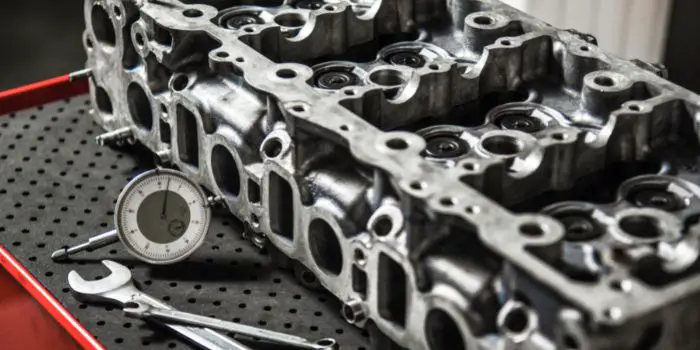
What is a W engine?
A W engine, also known as a radial engine, is a type of internal combustion engine in which the cylinders are arranged in a circular pattern around a central crankshaft.
W engines have multiple rows of cylinders that are situated at an angle to one another.
Different Types
There are several different types of W engines, each with its own unique design and configuration. Some common examples include:
A. The V10 W engine:
It has ten cylinders arranged in two rows around a single crankshaft.
This type of engine is typically found in high-performance sports cars and luxury vehicles.
B. The V12 W engine:
It has twelve cylinders arranged in two rows around a single crankshaft.
This type of engine is typically found in luxury cars and high-performance sports cars.
C. The V16 W engine:
It has sixteen cylinders arranged in four rows around a single crankshaft.
This type of engine is typically found in high-performance sports cars and luxury vehicles.
The Advantages
There are several advantages to W engines, including:
A. Shorter Design:
Due to the unique arrangement of cylinders in a W engine, it is typically shorter than other types of engines.
This can make it a good choice for vehicles where space is limited, such as small cars or sports cars.
B. Improved Fuel Efficiency:
W engines tend to be more fuel-efficient than other types of engines due to their shorter and narrower design.
This can help you save on fuel costs over time.
C. Increased Power:
The multiple rows of cylinders in W engines allow for higher power output, which can make them an ideal choice for sports cars that need extra speed and acceleration.
D. Smoother Running:
The W engine configuration tends to result in a smoother and quieter ride, making it more enjoyable for drivers and passengers alike.
The Disadvantages
While there are several advantages to W engines, there are also some potential drawbacks that you should be aware of before making your decision.
These include:
A. More Expensive:
Due to their complex design and manufacturing process, W engines tend to be more expensive than other types of engines.
This can make them a less affordable option for some drivers.
B. Lower Power Output:
W engines may not be as powerful as V engines, depending on their design and configuration. This can make them less suited for high-performance applications.
C. Less Common:
Due to their complex design, W engines are not as common as other types of engines.
This can make it more difficult to find replacement parts or qualified mechanics if you experience problems down the road.
What’s the Difference Between a V Engine and a W Engine?
The main difference between a V engine and a W engine is the arrangement of the cylinders.
In a V engine, the cylinders are arranged in one or more rows that run parallel to the crankshaft, while in a W engine, the cylinders are arranged in multiple rows around the crankshaft.
This gives each type of engine different performance characteristics, as well as advantages and disadvantages.
Conclusion: What’s More Powerful of the Two and What to Choose for My Car?
V engine or a W engine is better depending on your needs and preferences as a driver.
If you’re looking for power and performance, then a V engine is probably your best bet.
If you’re looking for fuel efficiency and smoothness, then a W engine may be the better choice.
Ultimately, it’s up to you to decide which type of engine is right for your car.

Based in Orem (Utah) John Paterson graduated from Utah Valley University and has begun writing in 2009. He has a large wealth of experience in writing articles related to cars, automotive repair, wheels, cleaning/maintenance, and much more. He has also written instructional articles in a similar niche for a few online publications as well. Currently, he works as a mechanic in his personal garage shop where he loves serving his countrymen from his heart.

